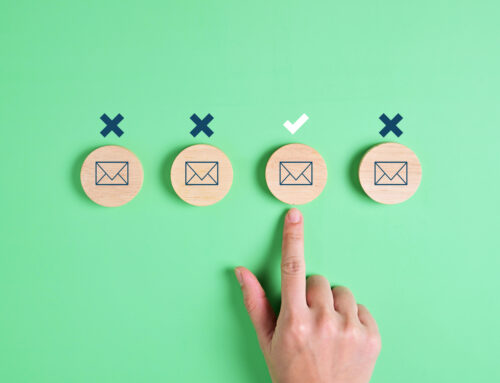I’m teaching a workshop in Toledo on Wednesday for the Center for Nonprofit Resources (a program of the Toledo Community Foundation) called 7 Steps to Better Email Fundraising and Communications. I’m looking forward to meeting the 50+ nonprofits signed up for the workshop.
Here are the seven steps:
1. Acknowledge Trends in the Way People Consume Information Today
Email needs to be short, timely and personal. That’s the best way to cut through all the mess of information out there.
2. Decide Your E-Newsletter’s Role in Your Strategy
Are you using email to motivate action like donations or volunteering? Or to educate donors about the work they have supported in the past? Or to provide services to members? Knowing what you want to achieve via email is essential to creating the right content and delivery schedule.
3. Develop the Content Your Readers Want
This goes back to my Good and Bad Gift Givers Theory of Communications. Do you think about the people on the receiving end and what they want, or do you just give them what you want them to have?
4. Make It a Fast Read by Writing and Designing for Skimmers
Focus on your microcontent like subject lines, headlines, captions, and bolded text. That’s what people actually read as their eyes skim over your email. Use a very simple, clean layout that is easy to skim, and that works well on a small smartphone screen too.
5. Deliver Your Email as Professionally as Possible
This is not a do-it-yourself step. You need to use a professional email service provider to send your emails and to manage your mailing list. Using the bcc field is not the way to go. When you use a reputable company, they also help you send simultaneously a plain text and an HTML version of your email which ensures that just about everyone can read it.
6. Track Your Progress and Adjust as Needed
One of the great benefits of email over direct mail is the ability for people to click out of the email and over to your website to take action. You can easily see stats like open rates and click-through rates and know within 48 hours how well your email worked.
7. Integrate with Your Other Communications Channels
Email won’t work as well alone as it will when integrated with your other communications tools. In particular, pay attention to the pages on your website that come up when people click on email links (i.e. your landing pages). Also look at ways to use email to stimulate more conversation on your Facebook page for instance.
I’ll be sharing an abbreviated version of this workshop during our next webinar on October 4 called Getting Started with Email Marketing and Fundraising.





